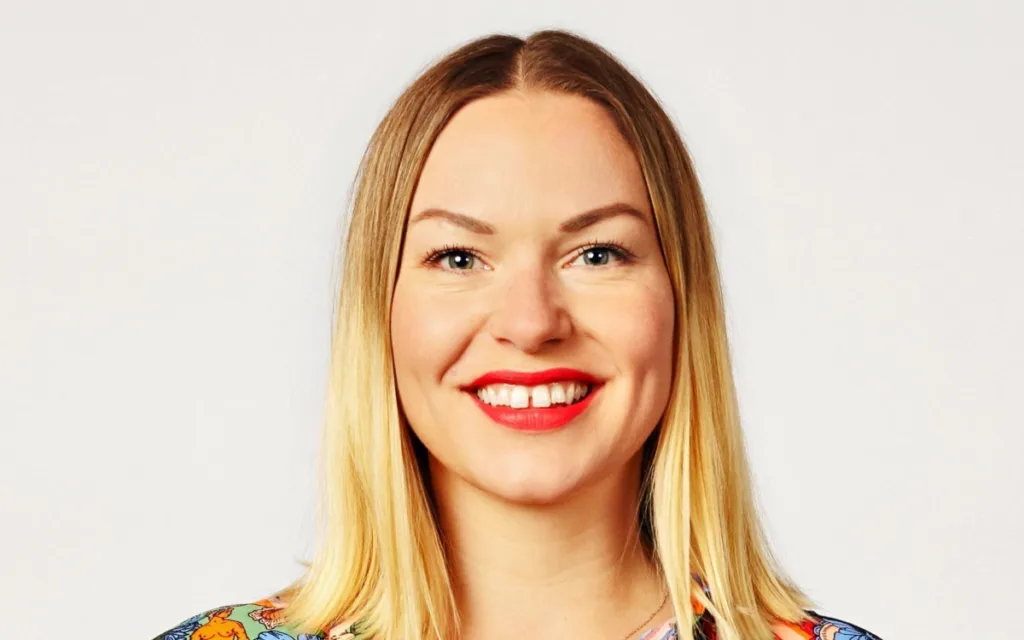By Silke Zetzsche, Director of Sales, Demand, Onetag
Sustainability is now a top priority for businesses of all kinds, and although everyone puts their best efforts in, it is difficult to fully achieve this. Brands now face a new roadblock in their efforts to reduce their carbon impact: new rules from the UK advertising regulator that will ban ads from describing products as carbon neutral on the basis of carbon offsetting. The UN’s climate agency, meanwhile, has just issued a note that describes carbon capture devices as posing “unknown environmental and social risks”.
With carbon offsetting and carbon capture both under scrutiny, it clearly remains vitally important that we work to cut our emissions wherever possible, especially in areas such as Open Auction (OA) which is a space that allows brands and agencies to scale but is also relatively under-policed and under-regulated.
Google, Meta, Unilever, Patagonia and the big six agency groups recently signed up to the new US chapter of industry campaign Ad Net Zero – an encouraging sign that the wider advertising industry understands the challenges ahead. As Ad Net Zero’s five-point plan outlines, getting a handle on the industry’s carbon impact will be a huge, multifaceted task.
The issues at hand
Some parts of the plan, like cutting emissions from advertising production and from industry events, pose big operational challenges. Compared to these, the nuts and bolts of programmatic buying might not seem the biggest issue. It doesn’t involve any travel or manufacturing – and real-time bidding is meant to be efficient by nature. However, with automated bids happening in the thousands every second of every day, large scale ad fraud and the limited ability to target across OA, it may actually be one of the biggest digital culprits.
A standard online ad campaign emits about 5.4 tonnes of carbon dioxide, which is 35% more than what the average person emits in a year. Simultaneously, digital ad spending continues to boom, with $627 billion (£505 billion) set to be spent globally in 2023 – more than two thirds of all media spend. But, as the market grows, so will its problems. Issues such as poor-quality inventory and non-viewable impressions remain concerns for marketers. Few, if any, of them remain unsold on the benefits of programmatic and its scalable options, but they increasingly want the confidence and lack of friction that comes from direct connections to media owners. Ultimately, there needs to be a balance, especially given the Open Auction needs to be more regulated. Luckily, however, there are now technologies that can do this by feeding the best performing supply back to buyers whilst also letting publishers know which placements need to be improved.
With the global market for supply side platforms (SSPs) expected to reach $117 billion by 2033 – five times its size in 2022, the carbon impact of programmatic could become much greater. However, there is still significant scope to lower our sector’s carbon footprint – and doing so goes hand in hand with changes that will benefit publishers and advertisers alike.
Take a more streamlined approach
Fortunately, there are solutions to these problems that can not only deliver better outcomes for publishers and advertisers, but lower the industry’s carbon impact by streamlining internal processes. The use of technology that promotes Supply Path Optimisation (SPO) to shorten the path between demand and supply cuts the amount of computer activity, and therefore electricity, used in a bid, which results in lower carbon emissions.
Furthermore, having a direct relationship with publishers results in significantly fewer hops (pings and requests for info that go from one supplier to the next) to make transactions happen. By relying on proprietary tech that allows us to measure verification, such as viewability and collecting the data directly – rather than having to request it from third parties for each bid – the number of hops are cut further, which means less energy is used to drive performance and revenue. These features mean advertisers can be confident that they are having a lower carbon impact whilst also delivering against their campaign outcomes effectively.
If recent moves are anything to go by, the sector could be unrecognisable in a decade. This year, we have seen Yahoo exit the SSP market, and EMX Digital’s owner, Big Village Media, file for bankruptcy. Meanwhile, demand side platform (DSP) The Trade Desk has been buying ads directly from publishers since last year, in an effort to cut SSPs out of the equation. On the other side of the mirror, SSPs such as Magnite and Xandr have made moves to give media agencies direct access to their inventories, skipping over DSPs. While there may be a business logic to some of these moves, they will not solve the deeper problems facing our industry. For that, we need to make SPO a priority by limiting resellers and adopting more efficient methods with data.
Consumers increasingly expect companies they buy from to take all reasonable steps to lower their carbon impact. Business customers and professional service users are no different – they recognise the urgency of the climate crisis and demand action. As individuals, it’s easier to reduce our impact when we take the necessary steps to be more efficient – so why can’t this also apply in the digital ad industry? This is especially pertinent in areas such as OA, which is still the most accessed inventory source to deliver scale and outcome-based campaigns for clients.
In order to achieve a better ad industry, everyone in the chain needs to take responsibility and accountability for their role in the ecosystem. Now is the time for change and those that aren’t willing to make an effort will soon start to be left behind.
*Onetag is a client of Bluestripe Communications, owned by Bluestripe Group, publisher of NDA












